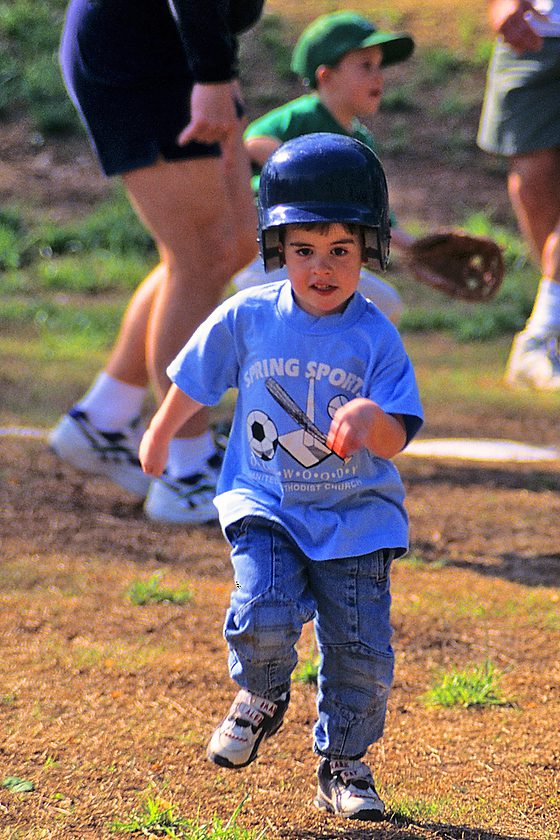This is when little girls and boys learn to play America’s favorite pastime, baseball.
I took some of our family’s favorite pictures while our kids were playing baseball.
I shot this photo of our son Taylor 22 years ago on film. The camera I used at the time was a Nikon F4. As compared to today’s cameras, it had very few controls.
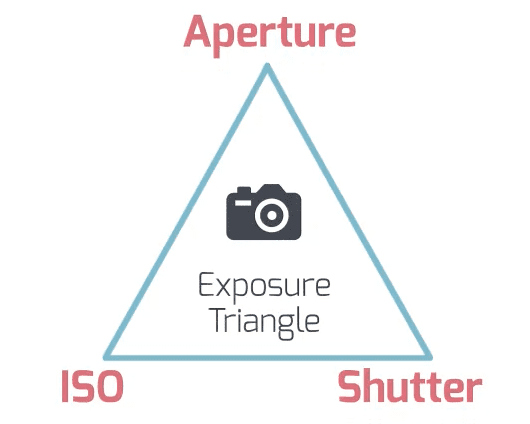
In 1996 I was shooting Fujifilm Provia transparency film, which had an ISO of 100. When you put this into the camera, it sets the ISO. Then I had only two other controls for exposure. I could control the Aperture, an iris-like eye that can open and close to let in more or less light. The further control for exposure was shutter speed. Shutter speed would control how long the camera opened the door covering the film.
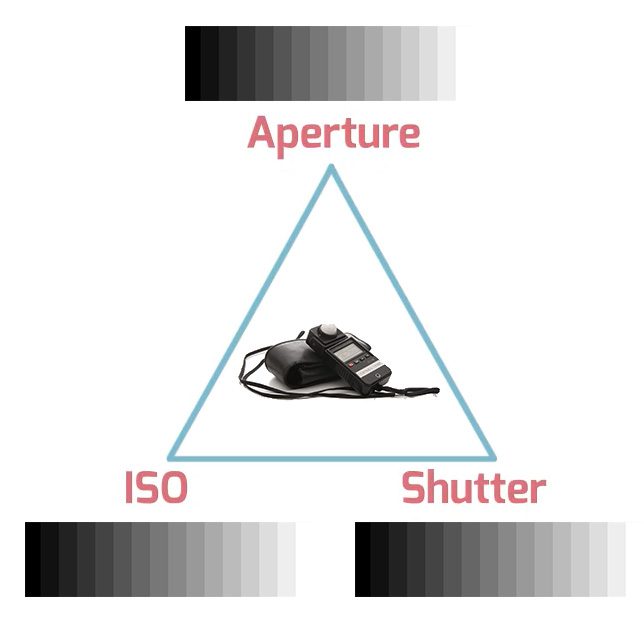
To master photography so that you can take great pictures any time of your family and get consistent results, you have to master the Exposure Triangle.
I hope this picture helps you see what you need to understand. ISO, SHUTTER, & APERTURE individually control exposure. You must know instinctively when you turn the dial which way will make it darker and which way will make it lighter.
When you look through your camera’s viewfinder and are on “M” mode, which is manual, your camera will display a meter on the edges of the screen.

You will change one or all three controls until you get the meter to read on the middle, saying it is properly exposed.
Some meters have numbers like the Canon, and others like the Nikon have hash. As you can see when you look at the two side by side as I have here, the number and hash are exactly 1-Stop from the following number to the left or right.
A stop is a measure of exposure relating to doubling or halving the amount of light.
No matter if you turn the ISO, Aperture, or Shutter-Speed dial to the left or right [if analog], when you move the distance between the number or hash, as shown below, you increase or decrease the value by 1/2 the amount of light. We call that moving it 1-Stop.
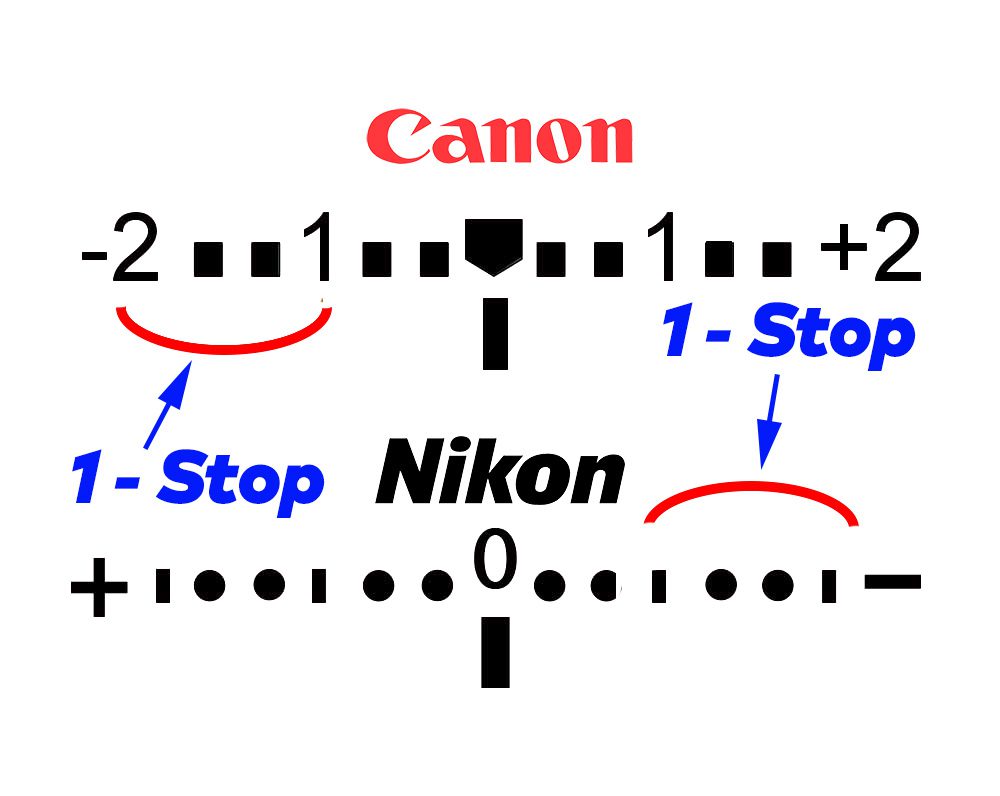
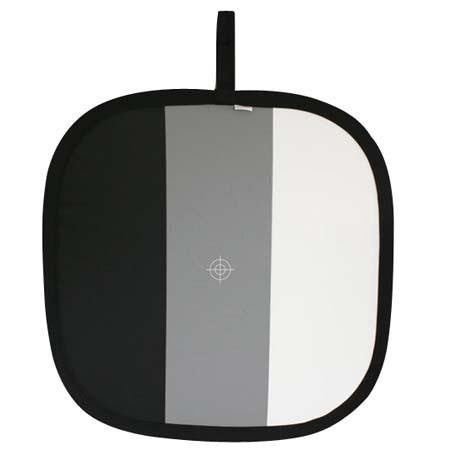
You can buy a Black, Gray, & White target to use when trying to set your exposure. If you took a picture where you had an equal amount of the three in the photo, then you can look at your histogram, which should look like this below.

Most photographers will use an 18% Gray target which looks like the Gray in the middle. As long as the meter shows 0 and not + or -, the photo will give you a histogram with the spike in the middle.
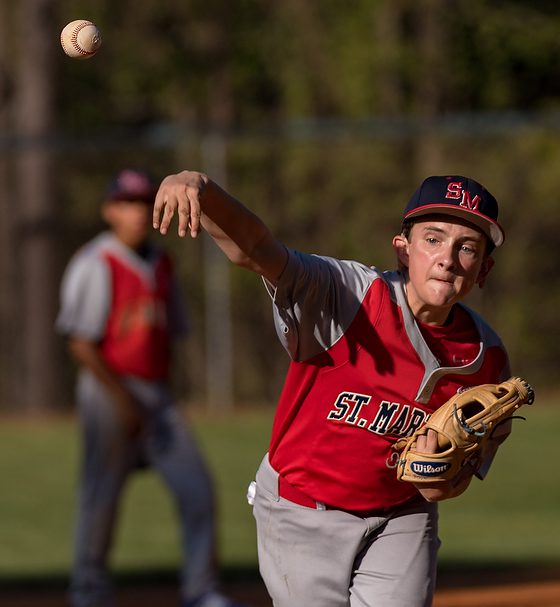
So if you want to take photos of your kids playing ball and you want them to be well exposed, then you have to master this concept of the exposure triangle.
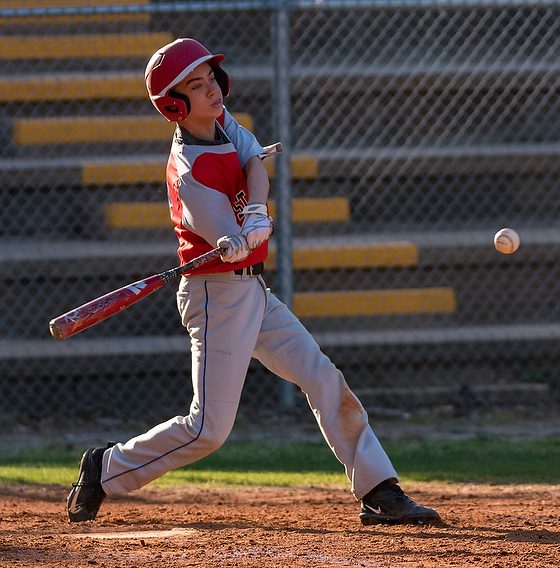
Then you will know how to stop the ball as I have done in these photos and have just what I want in focus: the ball and the faces.
You must know the Exposure Triangle like your Multiplication Tables–by memory.
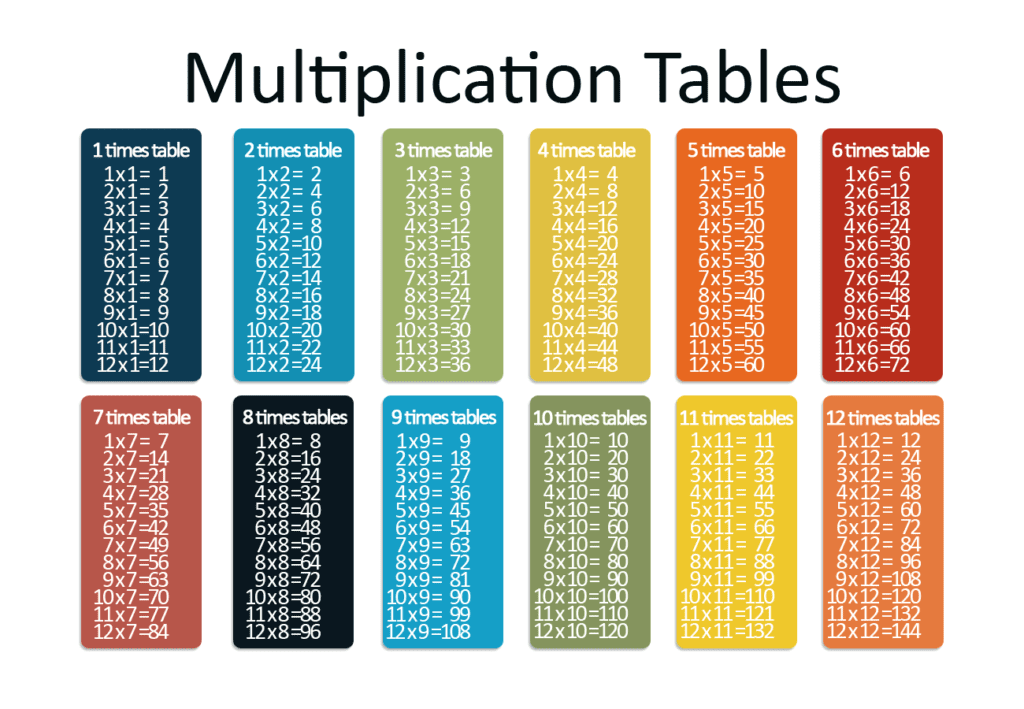
This is the foundation piece for all of the photography. Once you master this concept, your ability to get consistent results and make creative decisions about Depth-of-field and stopping or blurring action is possible.

